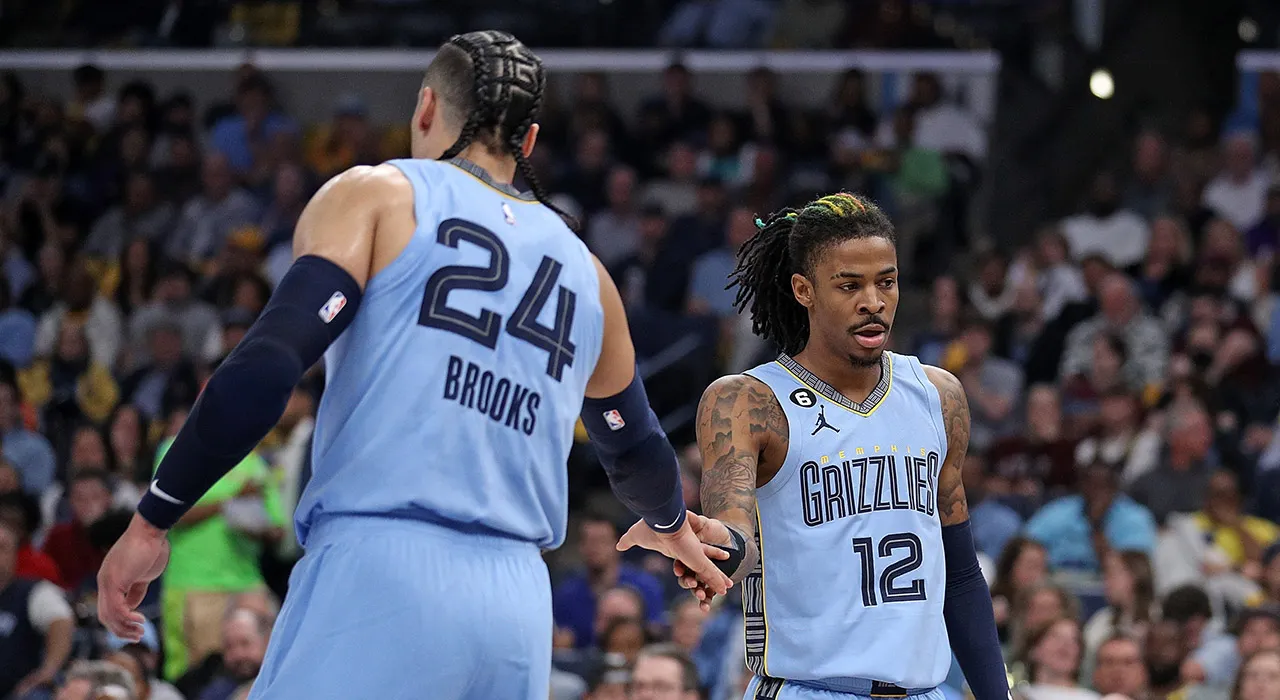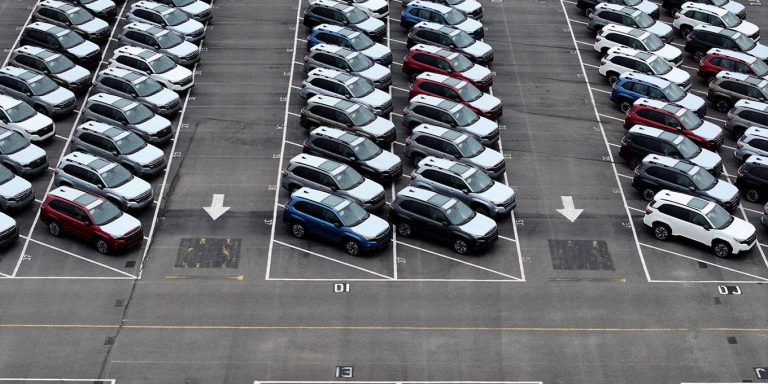
San Diego is replacing the parking lane on the east side of 14th Street, between Market Street and Island Street, with a minipark of sorts as part of a broader, years-long push to make downtown streets more enjoyable to traverse by foot.
Construction on the $3.8 million project, known as 14th Street Greenway Block 2, started on March 10, and will see the block’s eastern sidewalk expanded by 14 feet at the expense of three parking spaces and commercial and passenger loading zones.
The roomier sidewalk will create space for a row of trees, family friendly amenities and a rocking bench. The project will also introduce ADA pedestrian ramps and infrastructure to treat stormwater.
The start of the greenway project follows by four years the debut of city’s initial, asphalt-to-walkway conversion project on 14th Street, one block north between G Street and Market Street.
The Market-to-Island greenway was made possible by a late February allocation of $2.4 million from a downtown-specific fund reserved for park and infrastructure upgrades. On Feb. 25, the San Diego City Council voted unanimously in favor of the allocation and a compensation agreement with nonprofit Civic San Diego, which is overseeing construction. The item was on the consent agenda, meaning council members approved the request collectively, without a staff presentation or broad discussion, alongside several other consent agenda items.
“(The greenway) provides a critical link in the overall downtown greenway streets network, connecting both passive and active recreational spaces through a comprehensive network of pedestrian-oriented streets,” Councilmember Stephen Whitburn, who represents downtown, said at the meeting. “These spaces are an innovative invitation for people to come downtown to experience America’s outdoor downtown. Families can explore the many parks and museums and cultural attractions in downtown San Diego through a fun and interactive, block by block linear park experience.”
The second greenway is part of the city’s ongoing effort — as envisioned by the Downtown San Diego Mobility Plan and the 14th Street Promenade Master Plan — to convert underutilized public right of ways on six downtown streets into pedestrian promenades that connect people to larger parks, the water and adjacent neighborhoods.
The first greenway, built at a cost of $2 million, is passive in nature with a decompressed granite path, landscaping and industrial machine artifacts. It goes mostly unnoticed by passersby, and seems to fall short of the city’s vision of an urban oasis.

The second greenway, which acts as the linear-park link to Fault Line Park to its south, is the product of lessons learned from the first block and should help make the overall vision come alive, said Brian Schoenfisch, deputy director of San Diego’s Urban Innovation Division.
“You have to look at the system as a whole. (The first block) was isolated because there was no park yet built adjacent to it,” Schoenfisch said, referring to the East Village Green park set to open before the end of the year. “This second block is going to be much more active, but it’s also going to (be built while East Village Green is completed), and then you now have two anchors on the end of this segment of the greenway. So there should be a lot more activation and use, because now you actually have destinations that people are going to.”
The second greenway has its own small attractions that the urban planner hopes families will explore as they travel between the bigger, anchor parks. The expanded sidewalk will, for instance, feature a chess table, a four-in-a-row game board, a spinning wheel with images, dance chimes that kids can hop on to make music and a rocking bench.
The $3.8 million project cost includes $2.3 million for construction work and $306,350 for Civic San Diego’s administration work. City staff time and contingency costs account for the rest of the budget. The cost to expand the sidewalk and add the stormwater infrastructure are the most expensive pieces of the project, Schoenfisch said.
San Diego is using $2.4 million from its downtown FAR bonus fund and $1.4 million in previously awarded grant money to pay for the project, which has been on hold since design and permitting wrapped up in 2021.
With the FAR bonus incentive program, downtown developers can pay to boost the density of their projects, and funds are reserved for downtown parks and infrastructure. The fund was also used to bridge a financing gap for East Village Green, as the park’s budget ballooned to $80 million in 2022.
The 14th Street Greenway also includes two blocks farther south — one between K Street and L Street and one between Imperial Avenue and Commercial Street — that were completed by private developers. Those portions of the greenway network are less park-like in function. They consist of two sidewalks that parallel each other, separated by landscaping or benches.
Originally Published:





